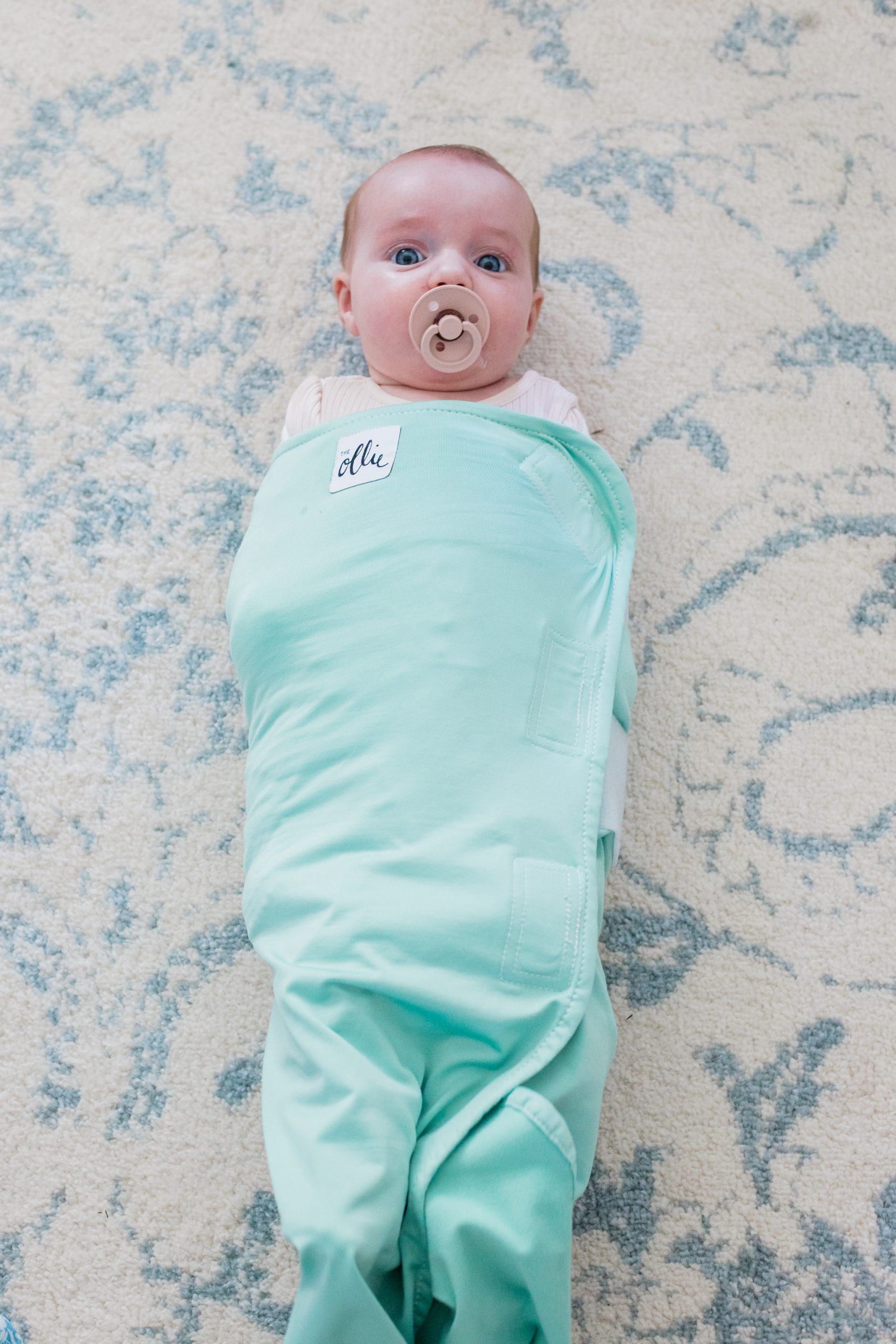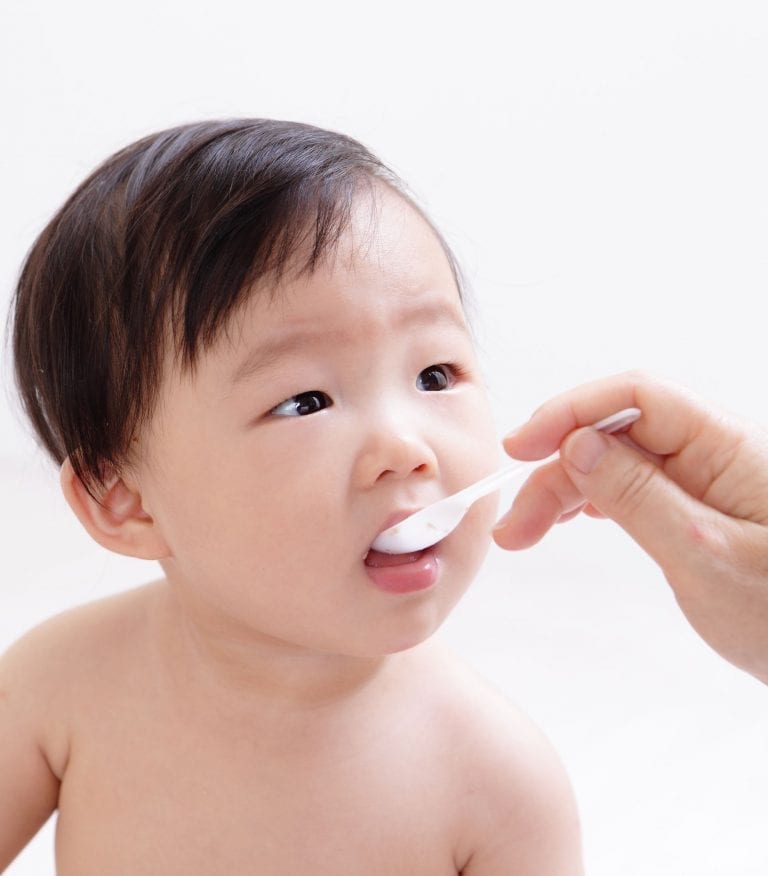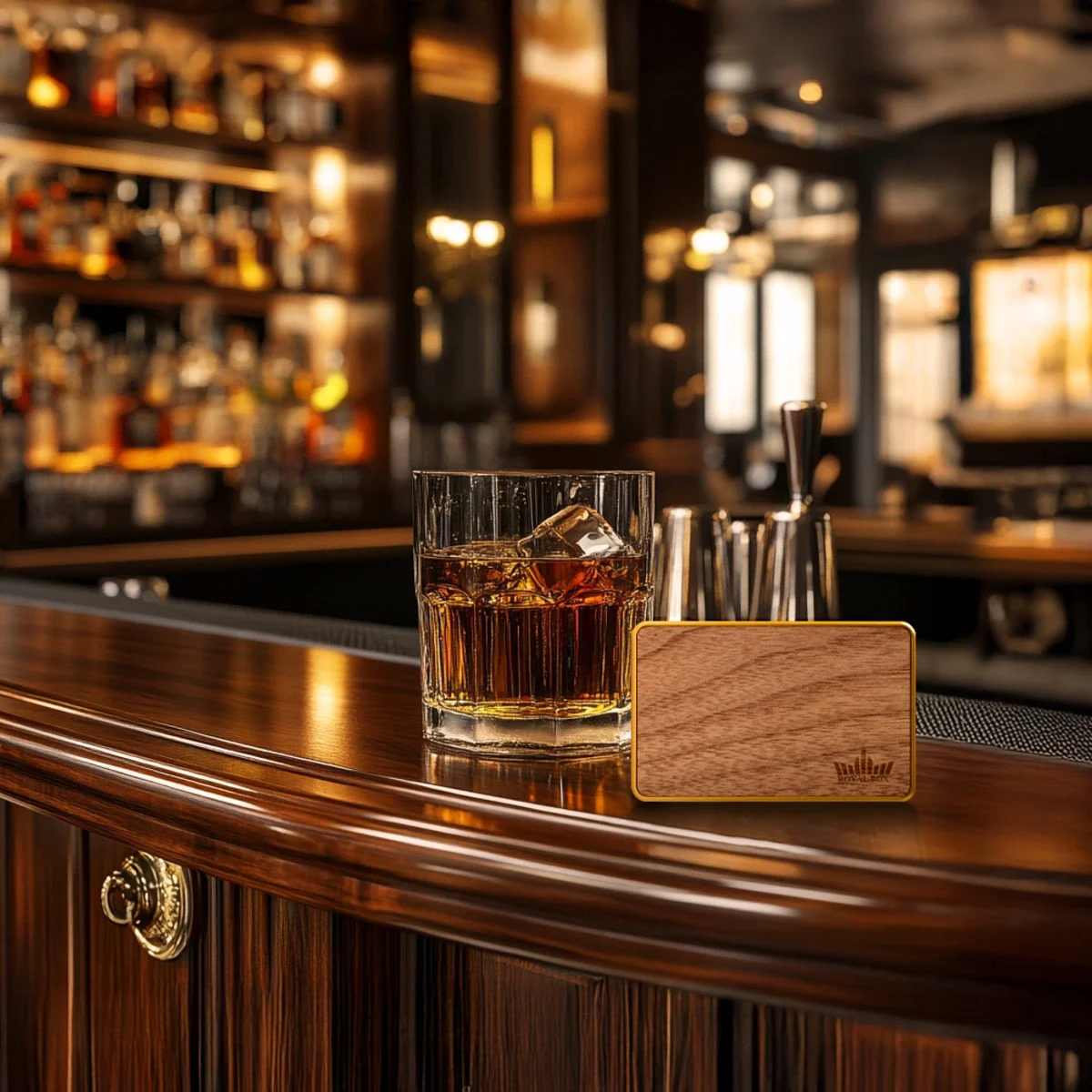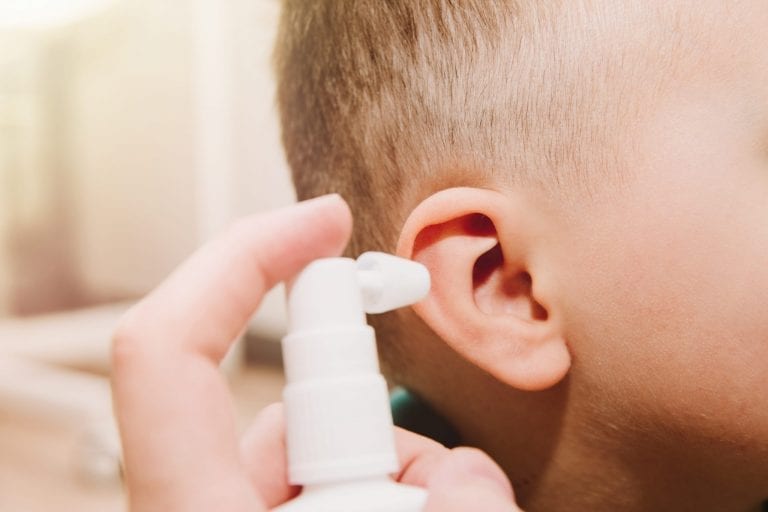Introducing Solids: When to transition your baby to solids
You’ve heard the saying breast is best when it comes to feeding your baby. And for the first year of her life, your breastmilk is all that your baby needs for optimal health and development.
But what parent isn’t anxious and ready to start feeding baby’s appetites with a spoonful here and a little taste there, particularly as your baby approaches 6 months in age?
Exploring what your baby likes—and doesn’t like to eat—is another way to discover her emerging personality.
Experts at the Mayo Clinic say if you’re not sure whether your baby is ready, ask yourself these questions:
-
- Can your baby hold his or her head in a steady, upright position?
- Can your baby sit with support?
- Is your baby interested in what you’re eating?
If you answer yes to these questions and you have the OK from your baby’s pediatrician, you can begin supplementing your baby’s liquid diet and start introducing solids. Just remember that at this early stage, foods are mainly for socializing and motor skill development.
Follow your baby’s cues when it comes to starting foods. “Just because your baby is old enough to start solid foods doesn’t mean it’s the right time for her,” says Dr. William Sears, author of The Portable Pediatrician. “If your baby keeps turning her head away or pushing the spoon away, then she is clearly not ready.”
According to Dr. Sears, babies don’t need solid foods for nutritional purposes until they’re at least 1 year old, so there’s no pressure to make your child eat earlier, particularly if he’s nursing well or feeding on formula, says the well-known pediatrician.
Foods to avoid for allergy or bacteria-related reasons, until age 1, include honey, egg whites, wheat, nut products and berries. Skip the peanuts and shellfish until at least age 2, says Dr. Sears, because of allergy issues.
Start every meal with breastfeeding first, or formula if you’re feeding that, and then provide baby with the opportunity to try a new food. Introduce one food at a time, a week at a time, and watch for signs of constipation, gas, fussiness or bloating, which may indicate baby isn’t ready for that particular food.
Related articles: Breastfeeding is the best option to feed your baby
Here’s what to expect with feeding baby for the first year
Age 0-6 Months 6-9 Months 9-12 Months
What she’s eating Exclusively breastmilk or formula. Primarily breastmilk or formula. Primarily breastmilk or formula.
What to introduce At 6 months, pureed single-ingredient foods like banana, applesauce, pear, sweet potato, or rice cereal mixed with breastmilk or formula. Pureed mixed ingredient foods, like apple-banana sauce or pureed meats; increase the texture as she seems interested in it. Finely chopped finger foods like graham crackers, soft fruits, pasta, cheese, or fork-mashed foods from the family’s meal.
What to watch for Your baby can become constipated when you start solids, if this happens stop the food and increase nursing or formula feeding. And never add cereal to a bottle of breastmilk or formula, or feed cereal from a bottle. Emerging teeth; which allow you to begin to gradually increase the texture in foods. Choking is always a concern, so keep pieces small and odd-shaped, never tubular or round. Baby’s readiness to begin to self-feed; offer her small pieces of cheese, for example, and let her work on those fine motor skills in picking them up.
Other articles that have related themes to Introducing Solids: When to transition your baby to solids are:
See How Chef Tyler Florence Makes Baby Food
Parenting Against Picky Eating
Tips on How to Transition Baby to Solids
DIY Baby Food: Economical, Easy and Nutritious
,












